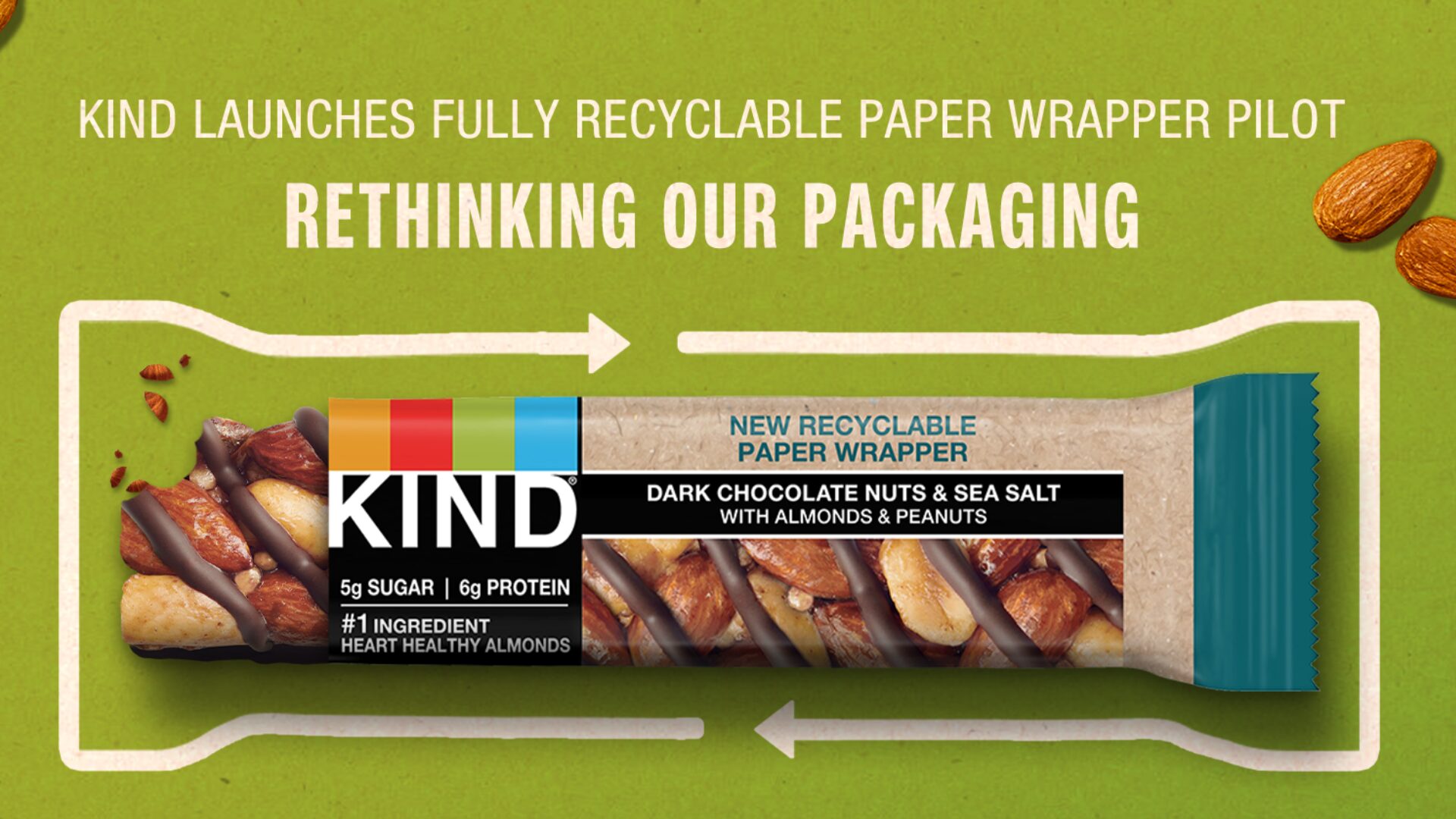I recently asked 10 random consumers whether they would eat lab-grown meat. “I would,” one said. ¨Not for the taste nor for the nutritional value, but because I believe in this technology as the way of the future.”
Lab-grown meat, or “clean meat,” is produced by harvesting animal stem cells in nutrient-dense bioreactors. Startups like Mosa Meat, Aleph Farms, and BlueNalu have developed cell-cultured beef, poultry, and seafood.
Those who have sampled cell-based meat say it tastes exactly like regular meat-which begs the question, why buy it?
“Cultured meat has the potential to have enormous positive impacts on food security, the environment, animal welfare, and human health,” Mosa Meat’s head of media and communications Hannah Tait told The Food Institute.
Cell-Based Benefits
Protecting human health. According to WHO, foodborne illness kills about 420,000 people a year around the world and originates from pathogens that germinate in the animal’s intestinal pathogens. These include multi-drug resistant E. coli, among other superbugs. Such superbugs infest nearly 80% of meat in U.S. supermarkets, according to the Environmental Working Group, a non-profit environmental research organization.
Clean meat is produced in a sterile environment that helps prevent food contamination and improve food safety.
Protecting animal welfare. Faunalytics estimates that each year more than 70 billion animals are slaughtered for food, with meat consumption flagged to increase 1.4% per year through 2023, according to data published in the recent Packaged Facts’ Global Meat & Poultry Trends report.
“Cultured meat could have an enormous impact in reducing the suffering of the billions of animals reared for food production each year, the majority in industrial farms where they experience inhumane conditions,” noted Tait.
Yoav Reisler, external relations manager at Aleph Farms, also mentioned how cultivating meat directly from cells “eliminates the high-population densities [of these cattle], their prolonged heightened stress levels, and the poor sanitation in slaughterhouses.”
This aspect of clean meat could reduce consumers’ concerns over animal cruelty in the food industry.
Protecting the environment. Proponents of clean meat say that producing it in a lab helps preserve endangered species and other animals, reduces greenhouse gas emissions, and significantly curbs land and water use.
As Tait noted “cultured meat production uses 99% less land, which would mean that land could potentially be reforested.”
Additionally, in anticipation of feeding a larger global population in the next 35 years, we’ll need to produce more food. “Current production methods alone will not be able to satisfy this demand,” said Tait. “If we want there to be enough meat for everyone in the future, we need another way of producing it.”
Cell-Based Challenges
What do we call it? It looks like meat and tastes like meat, but traditional meat producers argue that cell-based meat is not meat at all and should not be labeled as such.
However, cell-based companies are teaming up to create a united front, reported Forbes (Feb. 23). The Alliance for Meat, Poultry & Seafood (AMPS) Innovation is comprised of five cell-based meat companies: BlueNalu, Memphis Meats, JUST, Finless Foods, and Fork & Goode. It seeks to educate the public about cell-based meats, while working with government on labeling efforts.
Cost and taste. The first lab-grown hamburger cost $325,000 to produce about seven years ago and was overly dry, reported The New York Times. Expenses have since fallen, with Future Meat Technologies indicating its production is $5 to $10 per kg. Each of the startups I interviewed focused on reducing production costs and increasing production volumes. Still, as Tait noted, startups in the cell-based industry could face the same problem as with regular meat, namely over-consumption.
At the same time, taste remains all-important as Lou Cooperhouse, CEO of BlueNalu said, “[We have to develop] products that have all of the same functional and sensory characteristics as conventional products.”
Regulations. Cell-based products will need to be certified safe to eat. In 2019, FDA and the USDA announced a formal agreement to jointly oversee the production of food products derived from the cells of livestock and poultry.
“The next major milestone will be to gain FDA approval, which will allow us to start testing commercial cell-based products in foodservice-that we anticipate will occur during the second half of 2021,” said Cooperhouse.
The Future
Companies like BlueNalu, Mosa Meat, and Aleph Farms are optimistic about cell-based products.
“We’ve recently had some major scientific breakthroughs and construction of our pilot plant is currently underway for producing our meat on a larger scale,” said Mosa Meat’s Tait. “This is a huge step forward. We will also soon be ready to start the regulatory process in Europe, which typically takes around a year and a half to two years.”
“We anticipate completing our pilot production facility next year in San Diego, California, and conducting small-market consumer tests with foodservice partners in various markets in the U.S. during the second half of 2021,” said BlueNalu’s Cooperhouse. “We plan to break ground on our first large-scale food production facility within four to five years.”
As for Aleph Farms, it plans to transfer its productions to a BioFarm next year (“Our meat will be produced in large, clean facilities, similar to yogurt plants,” said Reisler), where it resolves to reach net-zero carbon emissions by 2030.
Of the 10 random consumers I asked-some meat-lovers, others vegetarian-three rejected cell-based meat on the grounds that the process still exploits animals, that eating meat no longer appeals to them, or that the product had an “icky” factor.
Others said they would try it for novelty and for saving animals, land, and climate.
Management consulting firm Kearney estimates that sustainable, scalable, slaughter-free, antibiotic-free meat will account for 35% of total global meat consumption in just two decades, while regular meat will drop to 40% of our total meat consumption by that same period.
Similar to plant-based meat, cell-based meat may very soon be another option for consumers in their search for meat alternatives.
By Leah Zitter, PhD, a writer and researcher in innovative technology. Reach her at leahzitter@yahoo.com.









